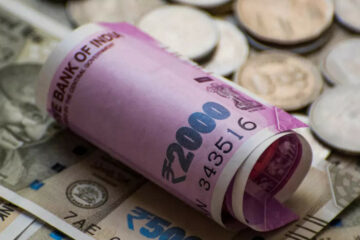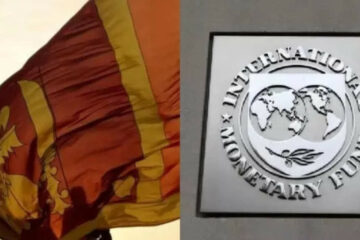[ad_1]
In a report released after key announcements made by
chairman Mukesh Ambani at the company AGM yesterday, Jefferies cited 4 catalysts for the stock to march ahead – sustained recovery in GRM (gross refining margin), faster-than-expected tariff hikes in Jio, possible public listing of Jio, and Retail surprising on market share gain and profitability.
In the bull case scenario, it said that the stock can rally up to Rs 3,400 or 29 per cent from the current market price. However, lower-than-expected telecom ARPU or subscribers can lead to a valuation multiple de-rating.
On Jio’s announcement related to 5G’s launch by Diwali and capex of $25 billion, it said the telco would need to monetise this capex through higher revenues in JioFiber, market share gains in mobile revenues from enterprise clients and tariff hikes.
“Jio’s fiber network which is 3-4x the fiber on networks of Bharti Airtel/VIL and its investments in 700MHz/26GHz spectrum should help drive this business. With fiber penetration still low at 7 per cent, there is enough scope to grow,” analysts at the global brokerage said.
While giving a buy call on the stock with a target price of Rs 2,980, Jefferies said, “We increase our capex est for FY23/24/25E to Rs1.59/1.55/1.59 tn respectively, to factor in higher capex in Jio, conventional O2C and New Energy businesses. We also build in US$9 bn value of the O2C capex (cycle avg margins discounted@12 per cent to Jun-24E) and higher subs in the home broadband segment.”
Jefferies expects Jio to add 71 million subscribers over FY22-25E, with 30-38 mn to be added in the feature phone and smartphone segment. “We expect blended ARPU to be above Rs 200 by FY25E driven by tariff hikes,” it said, adding that RIL’s expansion in the petrochemical business can generate $1.5 bn annualised EBITDA from FY27E assuming five-year average spreads, implying a ROCE of 15 per cent.
[ad_2]


